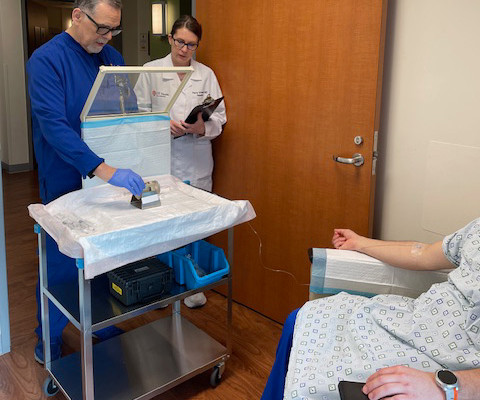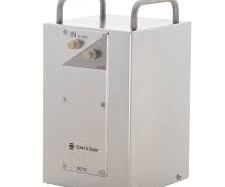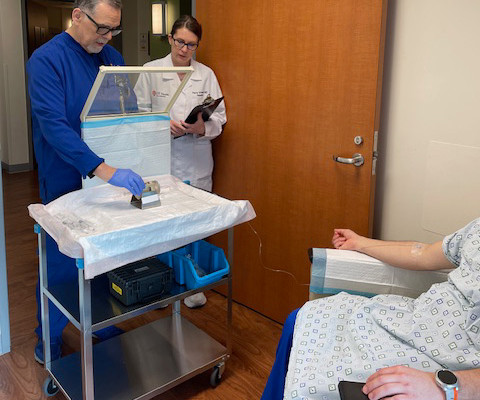The rise of theranostics: Part 5 -- Advice from center administrators
AuntMinnie
JULY 12, 2024
As nuclear medicine therapies gain stature compared to nuclear medicine in diagnostic imaging, hospital administrators may be eyeing the potential of adding theranostics services. A shortage of nuclear medicine technologists means a theranostics center may need to limit its patient volume.















Let's personalize your content